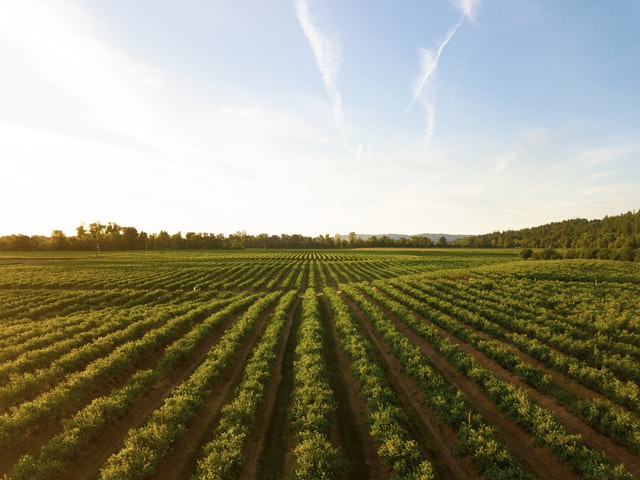

Summary
- Fertilizer prices have soared because Russia is a major global supplier and sanctions have hit exports.
- Agricultural commodities face upward price pressure while agricultural sanctions persist.
Market Implications
- Investors can hold corn and wheat via ETFs that invest in futures contracts, or in agri-business ETFs. The opportunity – and risk – lies in whether sanctions last.
This article is only available to Macro Hive subscribers. Sign-up to receive world-class macro analysis with a daily curated newsletter, podcast, original content from award-winning researchers, cross market strategy, equity insights, trade ideas, crypto flow frameworks, academic paper summaries, explanation and analysis of market-moving events, community investor chat room, and more.
Summary
- Fertilizer prices have soared because Russia is a major global supplier and sanctions have hit exports.
- Agricultural commodities face upward price pressure while agricultural sanctions persist.
Market Implications
- Investors can hold corn and wheat via ETFs that invest in futures contracts, or in agri-business ETFs. The opportunity – and risk – lies in whether sanctions last.
Fertilizer Is Driving Agriculture Prices Higher
The commodity space is full of super-rallying sectors these days, but perhaps the most spectacular is fertilizer. Since the beginning of the Russian invasion of Ukraine, an index of fertilizer prices jumped 45% (Chart 1). The reason, quite simply, is that Russia is the leading exporter of fertilizer and urea, a key ingredient for manufacturing fertilizer. In recent years, Russia accounted for 11% of global fertilizer exports and 16% of urea exports.

Between sanctions and the ongoing war, Russian exports of fertilizer and related products have dried up.
We see little prospect of relief for fertilizer prices as long as sanctions remain in place. Other countries will be able increase production eventually, but it will be a while before this supply comes online.
As we discussed in a previous article, fertilizer prices jumped last year when natural gas (another key ingredient) more than doubled in price. Agricultural commodities – especially corn – rose in tandem (Chart 2) then recovered when natural gas and fertilizer prices dropped late last year. Corn and particularly wheat again soared when the Ukraine invasion started. Russia and Ukraine are major exporters of wheat, with about 25% of global volume. Ukraine also produces corn and accounts for about 7% of global corn exports. Ukraine produces and exports soybeans, but its share is less than 1% so the Russian invasion did not hit soybean prices.
This clearly leaves a big hole in the global supply of wheat and corn in 2022.
Grain Prices Will Remain High Until Sanctions Ease
If there was any hope that grain prices might moderate once hostilities ease, the soaring price of fertilizer will probably dash it. Also, unlike corn and wheat, soybeans do not require fertilizer. Some farmers are reportedly planning to switch some acreage from corn to soybeans. This could put further pressure on corn, while pushing down soybeans.
This scenario assumes sanctions will persist after hostilities ease or the war ends. Yet even if they do, Western countries could create a carveout for Russian fertilizer and related ingredients, similar to oil and gas, in response to pressure from voters and commodity-dependent countries. So far, we have seen no discussion of this possibility.
Agricultural ETFs Offer Opportunity – And Risk
Investors can hold various agricultural commodity ETFs to capitalise on these trends. CORN, WEAT and SOYB are ETFs that hold futures in corn, wheat, and soybeans, respectively. MOO and VEGI hold companies in the agribusiness sector – e.g., fertilizer, seeds, farm equipment, food processors.
The commodity ETFs have rallied sharply, albeit not in line with their underlyings (Chart 3). These ETFs hold a range of futures contracts maturing in back months and so do not track the front month contract (Chart 2). That is particularly noticeable now, as futures curves for corn and wheat are severely inverted, with front month prices well above back months. This could some downside protection if sanctions are lifted and front month contract prices collapse, and upside if high prices persist. Investors interested in these products should carefully review how positions are managed to better understand how they might perform in different scenarios.
The agribusiness ETFs are more value oriented. They mostly underperformed the S&P 500 until 2022 when value took off then received a major additional boost when the Ukraine invasion started. Whether they continue to outperform in coming months depends largely on whether and how long agriculture related sanctions last.


This is why you now own MOO